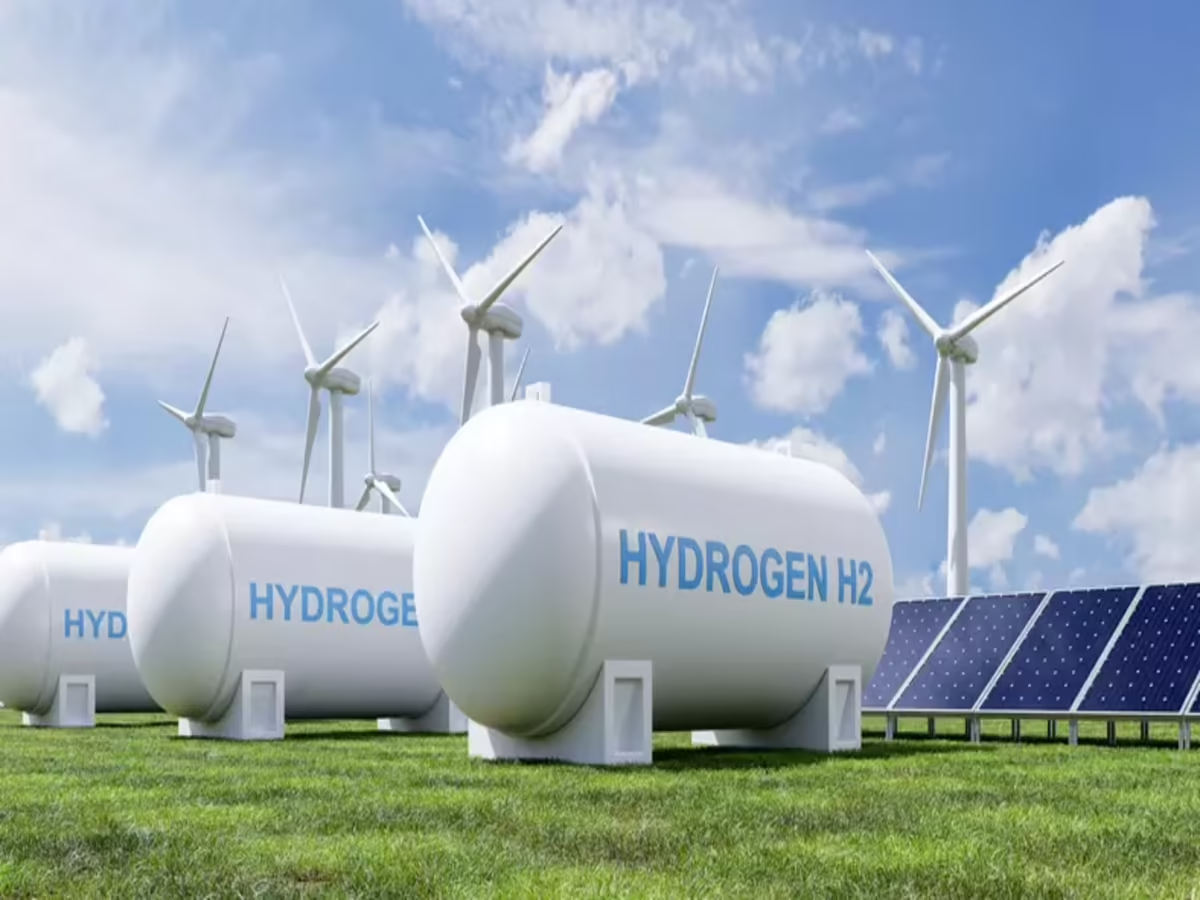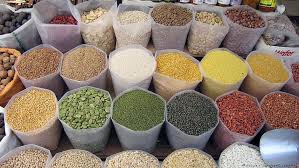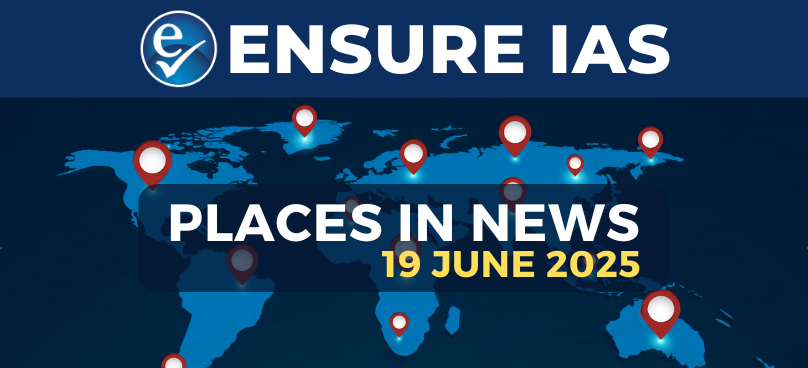- Courses
- GS Full Course 1 Year
- GS Full Course 2 Year
- GS Full Course 3 Year
- GS Full Course Till Selection
- Answer Alpha: Mains 2025 Mentorship
- MEP (Mains Enrichment Programme) Data, Facts
- Essay Target – 150+ Marks
- Online Program
- GS Recorded Course
- Polity
- Geography
- Economy
- Ancient, Medieval and Art & Culture AMAC
- Modern India, Post Independence & World History
- Environment
- Governance
- Science & Technology
- International Relations and Internal Security
- Disaster Management
- Ethics
- NCERT Current Affairs
- Indian Society and Social Issue
- NCERT- Science and Technology
- NCERT - Geography
- NCERT - Ancient History
- NCERT- World History
- NCERT Modern History
- CSAT
- 5 LAYERED ARJUNA Mentorship
- Public Administration Optional
- ABOUT US
- OUR TOPPERS
- TEST SERIES
- FREE STUDY MATERIAL
- VIDEOS
- CONTACT US
AMRUT Scheme
AMRUT Scheme
In May 2024, it was reported that India continues to urbanise at a rapid pace, with projections showing that more than 50% of the population will reside in cities by 2047. Schemes such as AMRUT are working to make this urbanisation more sustainable.
About AMRUT Yojana
1. AMRUT (Atal Mission for Rejuvenation and Urban Transformation) is a flagship programme launched in June 2015.
2. The primary goals of the AMRUT Yojana are:
- To provide reliable supply of tap water, as well as sewerage connections, to every household.
- To improve urban living through the development of green spaces such as parks.
- To reduce pollution by promoting the use of facilities for public transport and non-motorised transport.
About AMRUT 2.0
1. Launched: in 2021 for the period 2021-2022 to 2025-2026
2. Objective: It aims to ensure universal water supply through functional tap connections and improve sewerage/septage management in over 500 cities.
3. Features of AMRUT 2.0:
- Universal Coverage: It aims to provide functional tap connections to all households in statutory towns.
- Circular Economy of Water: It encourages recycling and reuse of treated sewage, rejuvenation of water bodies and water conservation through development of City Water Balance Plan (CWBP) for each city.
4. Mission Components:
- Pey Jal Survekshan: Assesses equitable water distribution, wastewater reuse and water body mapping to promote competitiveness among cities.
- Technology Sub-Mission: Integrates global water technologies.
- IEC Campaign: Promotes water conservation awareness.
- Improving ease of living includes reducing non-revenue water, recycling treated water, and enhancing urban planning and finance systems.
Performance of AMRUT Yojana
Achievements include 58,66,237 tap connections and 37,49,467 sewerage connections. 2,411 parks have been developed under the scheme and 62,78,571 street lights have been replaced with LED lights.
Challenges of AMRUT Yojana
1. Lack of infrastructure: Many urban households still lack piped water and proper sewerage, with water supply at 69.25 litres per capita per day, far below the required 135 litres.
2. Water management: Issues include overuse and depletion of groundwater, which is further aggravated by poor sewage treatment and climate variability.
3. Project execution: Implementation often suffers from lack of comprehensive strategies and limited involvement of local government.



